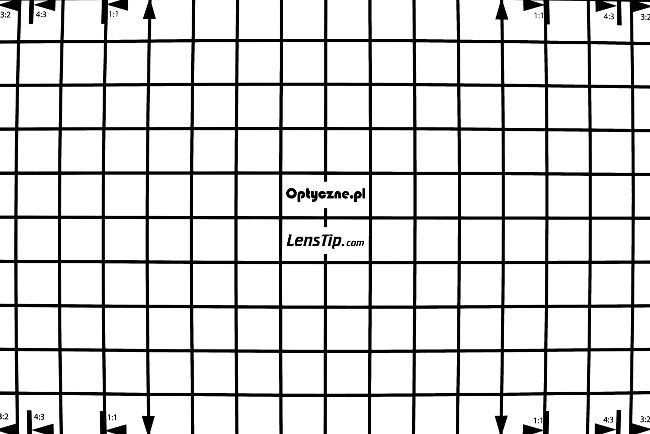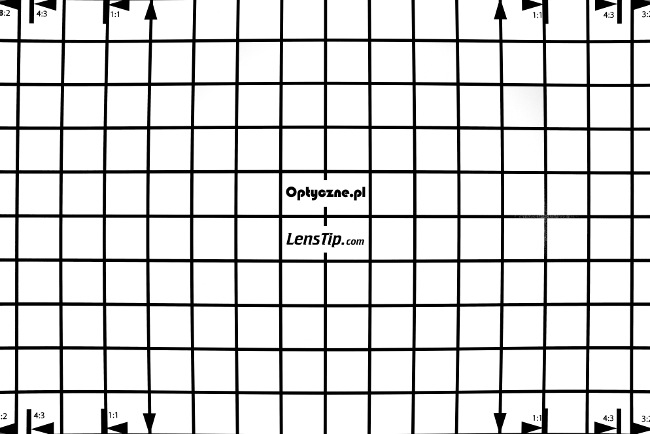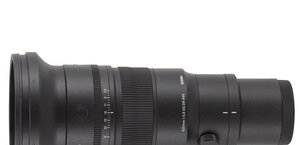Sony FE 20 mm f/1.8 G
6. Distortion and field of view
Field of view
As we had photos of starry sky at our disposal we decided to measure the real field of view of the tested lens in JPEG files (in this case they aren't corrected so they reflect the parameters of the device quite well). In order to do that we transformed the pixel layout (X,Y) from the photo into the equatorial coordinate system (right ascension and declination), which locates a star on a celestial sphere. That way we could determine the field of view of the lens with utter precision and in the right way, so for rays of light coming from infinity. In the case of JPEG files the angle amounts to 92.8 degrees with the relative mesh-fitting error of 0.5 degrees. The result is averaged out for the whole frame so in the very corners that error might be a bit higher as deformations in that place are also more pronounced. Still, even if that error increases 2-3 times you can still determine a very precise result with measuring errors on a level of 0.10-0.15 of a degree.A rectilinear lens, devoid of distortion, with a focal length of 20 mm should provide you a field of view of 94.5 degrees on full frame. The result of the Sony falls short of that but you have to remember two things: firstly, distortion level in this case doesn't amount to zero, and we are going to describe it in more detail in the next section. Secondly, the focal length and the field of view, stemming from it, are always given by the producer with a certain tolerance, usually amounting to 2-3%. As a result the tested lens can be labelled in official specifications as a 20 mm device but the real focal length can be a tad higher. If you combine these two factors you might get a field narrower than the one stated in official parameters.
Distortion
In case of lenses with wide angles of view different producers correct distortion in different ways. Lately it's been quite a trend to give up distortion correction and let software of a camera deal with that task. What's interesting, in case of 20 mm models tested by us, the producers usually decide to correct this aberration with optics with a bit of help from moustache distortion.
A similar approach can be observed in case of the Sony. On the smaller APS-C sensor you deal with a moderate barrel distortion of −1.36% but if you measure distortion on full frame you get a lower result - that of −1.16%. It's an effect of moustache distortion which bends straight lines the other way near edges of the frame. If you limit your measurements to an 1:1 markings area the distortion value will increase to −2.23%. Finally, you should notice that these values are very similar to the results of this lens's direct rivals.
Please Support UsIf you enjoy our reviews and articles, and you want us to continue our work please, support our website by donating through PayPal. The funds are going to be used for paying our editorial team, renting servers, and equipping our testing studio; only that way we will be able to continue providing you interesting content for free. |
- - - - - - - - - - - - - - - - - - - - - - - - - - - - - - - - - - - - - - - - - - - - - - - -
| Sony A7R III, 20 mm, APS-C | |||
 |
|||
| Sony A7R III, 20 mm, FF | |||
 |
|||






